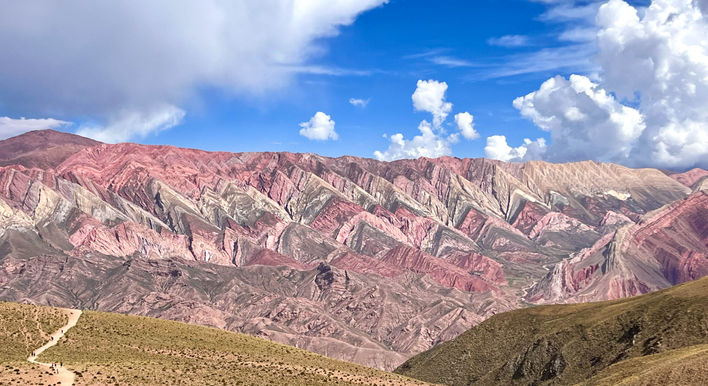There is a curious ceremony in an obscure town in the Puna of Argentina which marks the Assumption of the Virgin Mary today (August 15th).
The tiny town of Casabindo, nestled in the Altiplano north of the Salinas Grandes salt flats at over 3,400m altitude, is host every year to a bull-running ceremony dating back to colonial times.
A tour we think you'll love
Each animal has a rosette placed on its horns, and competitors have to enter the ring (the main plaza) and grab it, offering it as a prize to the Virgin Mary, on the day of her ascension to Heaven.
The origin of this tradition dates back to colonial times, but as is often the case in Argentina, it’s mixed with pre-Hispanic traditions.
Legend has it that a character called Pantaleón de la Cruz, son of the Casabindo tribal chief, surrendered to the Spanish and before being sentenced to death for his cowardice was given the opportunity to redeem himself by taking on a bull with a red ribbon tied to its horns.
He managed to grab the rosette before suffering fatal injuries: creating a tradition which lives on to this day, with young men from the town taking on a succession of increasingly larger and fiercer bulls.
No animals are harmed in the celebrations of 15th August: the only casualties tend to be young lads who’ve had a few too many bevvies to pluck up Dutch courage before venturing into the ring, and luckily I haven’t heard of any fatalities.
Casabindo has a good argument to be among the oldest settlements in Argentina, founded in 1535 by Diego de Almagro as he came across the Andes from Peru.
The Altiplano town in Jujuy province is also noteable for a gorgeous 18th century adobe church considered “the Cathedral of the Puna”, which has a rare collection of paintings.
These are one of only 15 collections in the world of cuzqueño paintings from the 17th century featuring Angeles Arcabuceros (archangels with guns, no really, they are, as you’ll see here) : another impressive collection of nine paintings is in the church of San Francisco de Paula in Uquia, which we visit on our Essential Humahuaca and Salt & Seven Colours excursions.
Casabindo is thought to mean “frozen valley” in kunza, the language of the original Atacameña tribe who populated this area of the mountain plateau: the Atacama desert of Chile is a short hop across the Andes.
The ceremony is accessible in a day trip from Tilcara or Purmamarca in the Quebrada de Humahuaca, or as part of our Footsteps of the Conquistadores tour.







